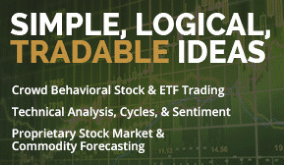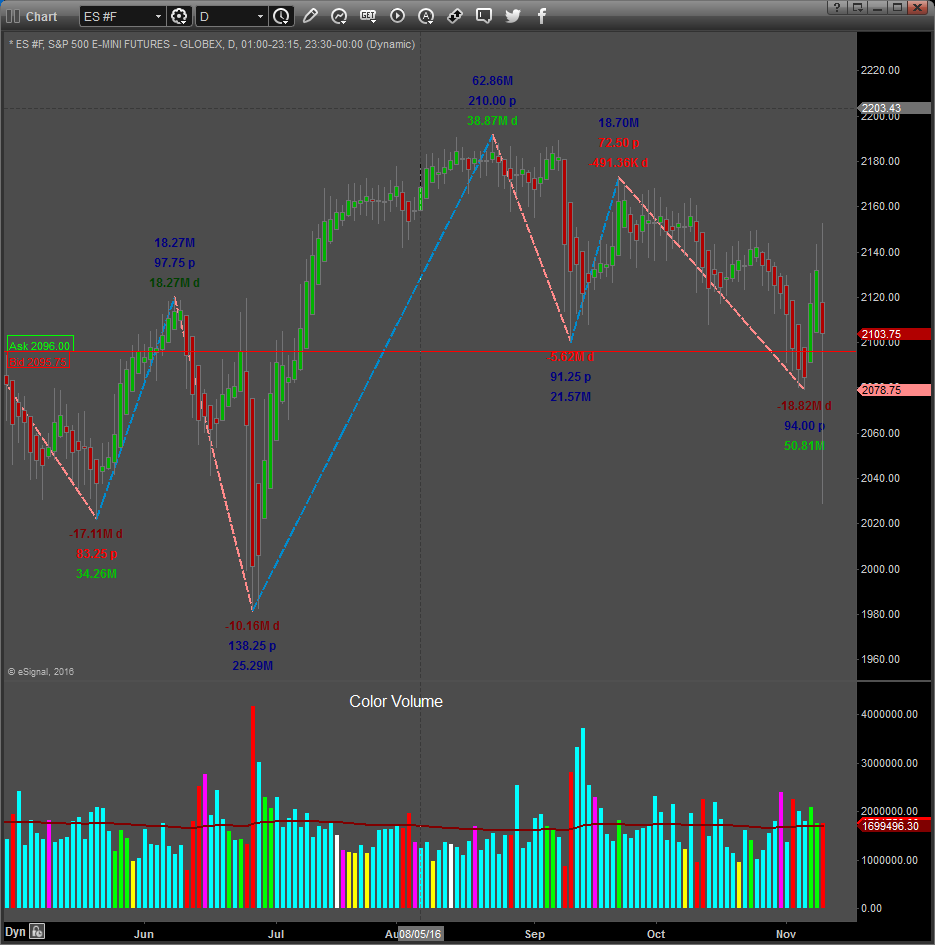|
JOIN OUR MAILING LIST |
|
Assessments / Blog 2019-08-12 PART II – GLOBAL CENTRAL BANKS KICK CAN DOWN THE ROAD AGAIN As we continue to explore the events of the past 10 to 20+ years and how the global central banks continue to attempt to navigate through these difficult times, we want to take a few minutes to try to understand and explain how the capital that has exploded into the global markets has been deployed and used to chase returns, risk and opportunity and may continue to be deployed more efficiently going forward. Read Part I of this series here: https://www.thetechnicaltraders.com/global-central-banks-move-to-keep-the-party-rolling-onward/ The recent news that the global central banks may begin a new round of stimulus and easing got us thinking – “what next?”. Over the past 10 to 20+ years, global central banks have attempted to prompt an economic recovery that seems to slip past economic planners and we believe that is because core functions of the global economy are weaker than many expect. We’re going to try to explore some of these factors and prepare traders for what may come in the future months. Much of the capital that was dumped into the markets was deployed into the global equity markets as investments in emerging markets, capital markets, and the US stock market. As much as everyone wants to think this capital went into infrastructure and other essential investments, much of it went into the only thing that was capable of generating an easy return with limited risk – the global stock market. At first, after 2008, we saw an immediate jump in emerging markets. This sector of the global economy had been hard hit by the collapse in 2008-09 and an incredible opportunity existed because of a price anomaly that was created near the bottom in 2009. Emerging markets were recipients of some capital when the central banks began to infuse money into the system, but their equity markets were uniquely positioned for advancements because of the pricing levels after the crash. The SPEM chart below highlights the recovery in the emerging market that took place almost immediately after the bottom formed in 2009. We can clearly see the immediate price advance and the resulting sideways price action after 2011. Once this sector recovered up to previous 2007 levels, there was really nothing else to push it much higher. Traders should also take notice of the rally in 2016 and 2017. This rally was based on forward expectations that renewed interest in emerging markets would result in increased returns. These aligned with expectations resulting from the US Presidential election (2016) as well. This price advance consisted of a +86% price advance from $23 to $42. Could it happen again? We believe the next phase of the global market recovery will result in a similar type of price advance after new lows are established in emerging markets. Skilled technical traders should continue to plan for and prepare for this type of setup once emerging markets complete a process of exploring lower lows to form a bottom. This process should complete just before the 2020 US presidential elections and will likely result in another price anomaly setup where the price is well below expected asset levels (extreme pessimism) and will set up as an incredible +40% to +80% upside potential as renewed optimism and the continued transitional process of the global economy persists. Traders just need to wait for the setup – then execute their trades. |




